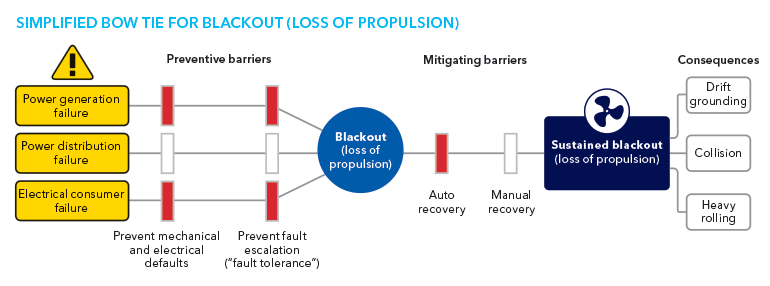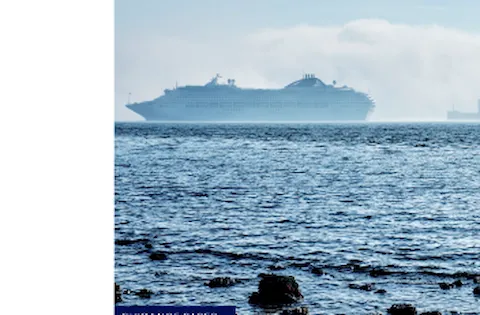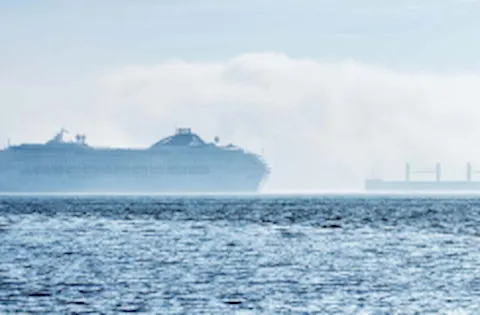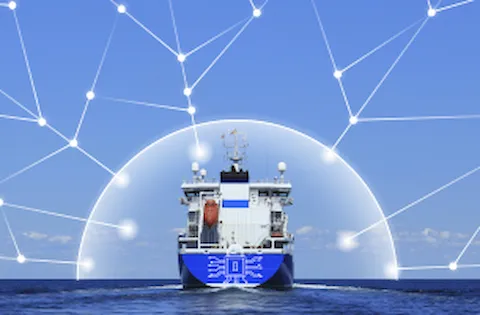Major accident hazard
Blackouts and resulting loss of propulsion have long been considered a major accident hazard for the passenger industry. Depending on the operational situation, loss of propulsion may pose an imminent threat to the ship and its passengers and crew. In 2019, 12 incidents were reported that resulted in full/partial blackout on cruise ships. Major incidents may also negatively affect company reputation through global media coverage, impacting earnings, profit and shareholder value.
Causes of blackouts
Blackout occurs when there is a sudden total loss of electric power in the ship’s main power distribution system. This could be caused by various mechanical or electrical failures in the power generation, distribution or propulsion systems, coupled with an ineffective operational response to the failure.
The underlying causes of blackouts can often be traced back to the operation of complex integrated systems.
Today, the industry is pushed to design and implement technical solutions and operations that reduce cost and that are more energy efficient. The complexity of system integration challenges our ability to understand how these systems work. This has become an increasing concern for the whole industry.

Conflicting goals
From a management perspective, the rapid transformations in the industry associated with decarbonization, connectivity and digitalization, require more than ever a need to pull the focus back to safety and to establish a safety ambition that lays the foundation for ways of working, for design of technology, and for regulatory requirements.
Some transformations and conflicts that may influence how management and crew operate ships today are:
- The focus on lowering costs (both CAPEX and OPEX)
- Stricter rules, regulations and company policies for minimizing the carbon footprint
- The expectation of increased connectivity
- Inter-organizational goals
- Commercial pressures
- Bonus scheme incentives
Expressing the wish to make a step change in safety, setting a safety ambition on blackout and loss of propulsion, and managing conflicting goals are essential foundations for making a difference. However, it is equally important to set aside time and resources to follow through on the organization’s safety ambition.

Guidance paper: MANAGING THE RISK OF BLACKOUTS
A stepwise approach for managing the risks of blackout and resulting loss of propulsion. This paper provides recommendations and best practices for fleets in operation as well as newbuilds.

Summary: MANAGING THE RISK OF BLACKOUTS
Read the 8-page summary of our guidance paper

Expert presentation: Cyber security in the maritime industry – the ISM Code as another driver
Watch the video recording and download the slide deck